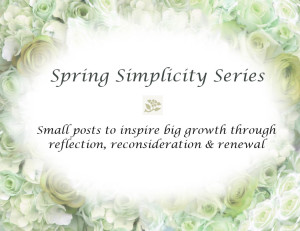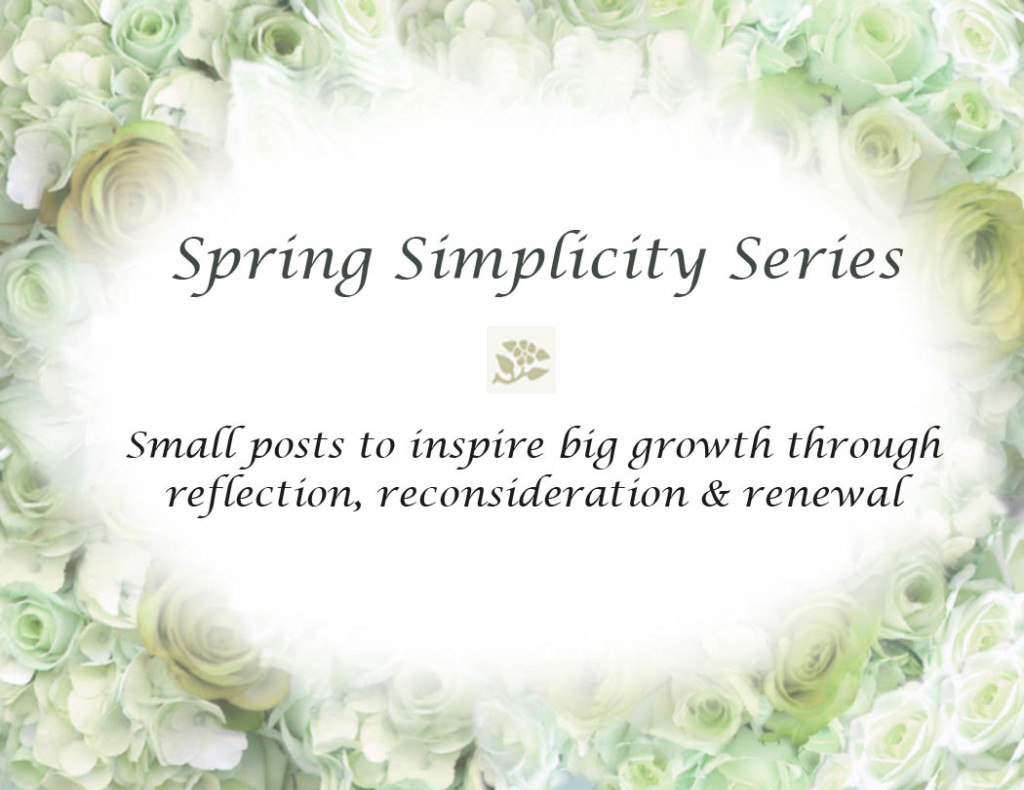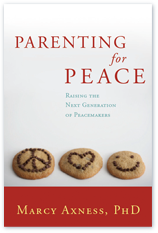I mean that title as a double-entendre, because this week is steeped in both meanings: I spent a long Father’s Day weekend in San Francisco being an adult child — musing nostalgically around the city and Marin, the landscape of my early childhood — and am now spending a couple of days responding to my grown daughter’s call for Mama time. Childhood is never really over for any of us!
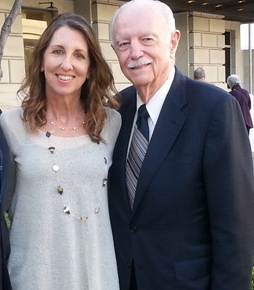
Feeling fancy with John at the S.F. Opera House
While up north spending time with my stepfather, John, I was struck by how vividly present our child-selves can become at any time. The uncannily specific, shockingly reminiscent salt-and-flora scent that wafts through Sausalito and Tiburon… the unmistakable noise-skein of San Francisco streets (cable cars, electric buses, foghorns in the distance)… and the “this is home” sound of John’s bass-baritone voice… all conspired to snag me back to my youth.
I say it often: the trip-wires we all have back to our childhood can be one of the biggest challenges in parenting. We can easily find ourselves responding not as the adults we supposedly are, but as the teen… the tween… the toddler that is suddenly and unexpectedly awakened in us through proximity to reminders of our own past — the most powerful of which is our own children. Read the rest of this entry »
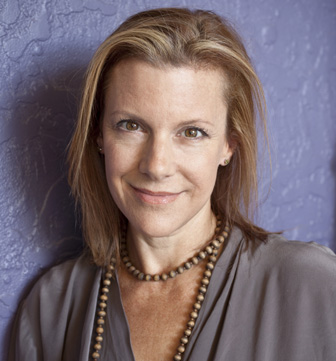 This post features a personal story illustrating what I call “counter-intuitive brilliance.” It’s the story of an interaction between a new father and a new mother. It’s about how to diaper their baby. It’s a conversation that surely takes place alongside the changing table in virtually every home where there are new parents blessed with a newborn. But this conversation went very differently.
This post features a personal story illustrating what I call “counter-intuitive brilliance.” It’s the story of an interaction between a new father and a new mother. It’s about how to diaper their baby. It’s a conversation that surely takes place alongside the changing table in virtually every home where there are new parents blessed with a newborn. But this conversation went very differently.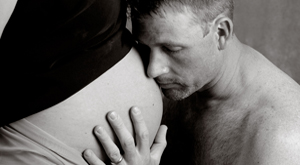 But what about men and pregnancy? What are a father’s experiences during those wondrous nine months? How does the attachment process begin for them? Is a father’s only option to look on with wonder (and sometimes envy) at the beautiful relationship forming between his once-doting partner and this tiny interloper?
But what about men and pregnancy? What are a father’s experiences during those wondrous nine months? How does the attachment process begin for them? Is a father’s only option to look on with wonder (and sometimes envy) at the beautiful relationship forming between his once-doting partner and this tiny interloper? The very word itself… yogini …sounds like the image of Jeannine Parvati Baker in full-flowering asana mastery: lithe stems curling around o-so-full center of heartful breath. At once elfin and elegant. A bold design, a weaver of words. Alive forever in our memory.
The very word itself… yogini …sounds like the image of Jeannine Parvati Baker in full-flowering asana mastery: lithe stems curling around o-so-full center of heartful breath. At once elfin and elegant. A bold design, a weaver of words. Alive forever in our memory. The spring season is all about ripeness, fertility and the regeneration of life. These are also the qualities of a woman’s menstrual cycle, and yet we’re not quite as breathlessly delighted for the arrival of our flow as we are for springtime!
The spring season is all about ripeness, fertility and the regeneration of life. These are also the qualities of a woman’s menstrual cycle, and yet we’re not quite as breathlessly delighted for the arrival of our flow as we are for springtime! Throughout my childhood, I was matter-of-fact about the idea of having another mother out there somewhere. I remember fantasizing only once or twice that she was really one of my mother’s friends, someone I’d known all along. When my father asked me, soon after my mother died, if I wanted to find my birthmother, my interest blossomed from its dormancy.
Throughout my childhood, I was matter-of-fact about the idea of having another mother out there somewhere. I remember fantasizing only once or twice that she was really one of my mother’s friends, someone I’d known all along. When my father asked me, soon after my mother died, if I wanted to find my birthmother, my interest blossomed from its dormancy.